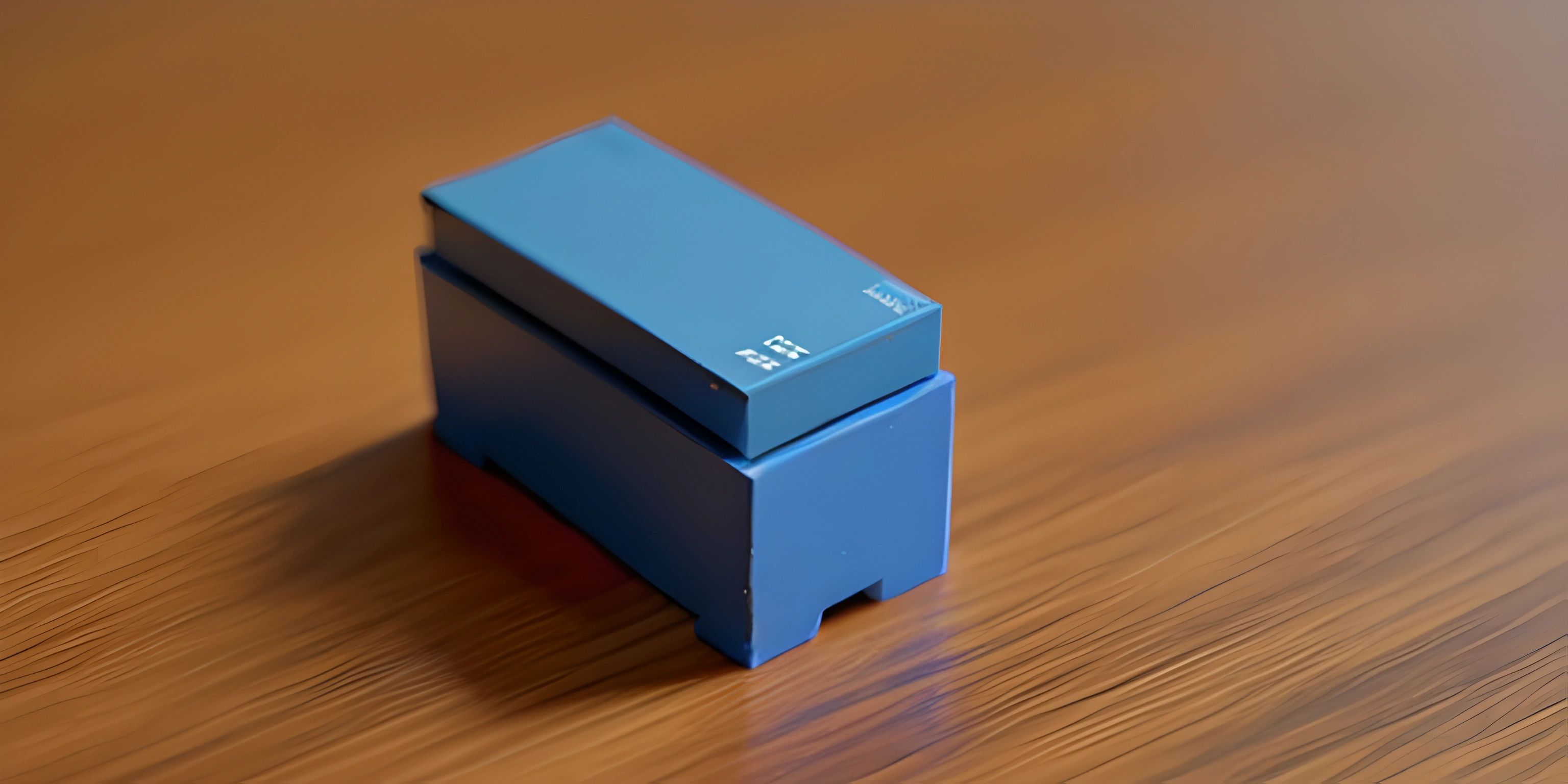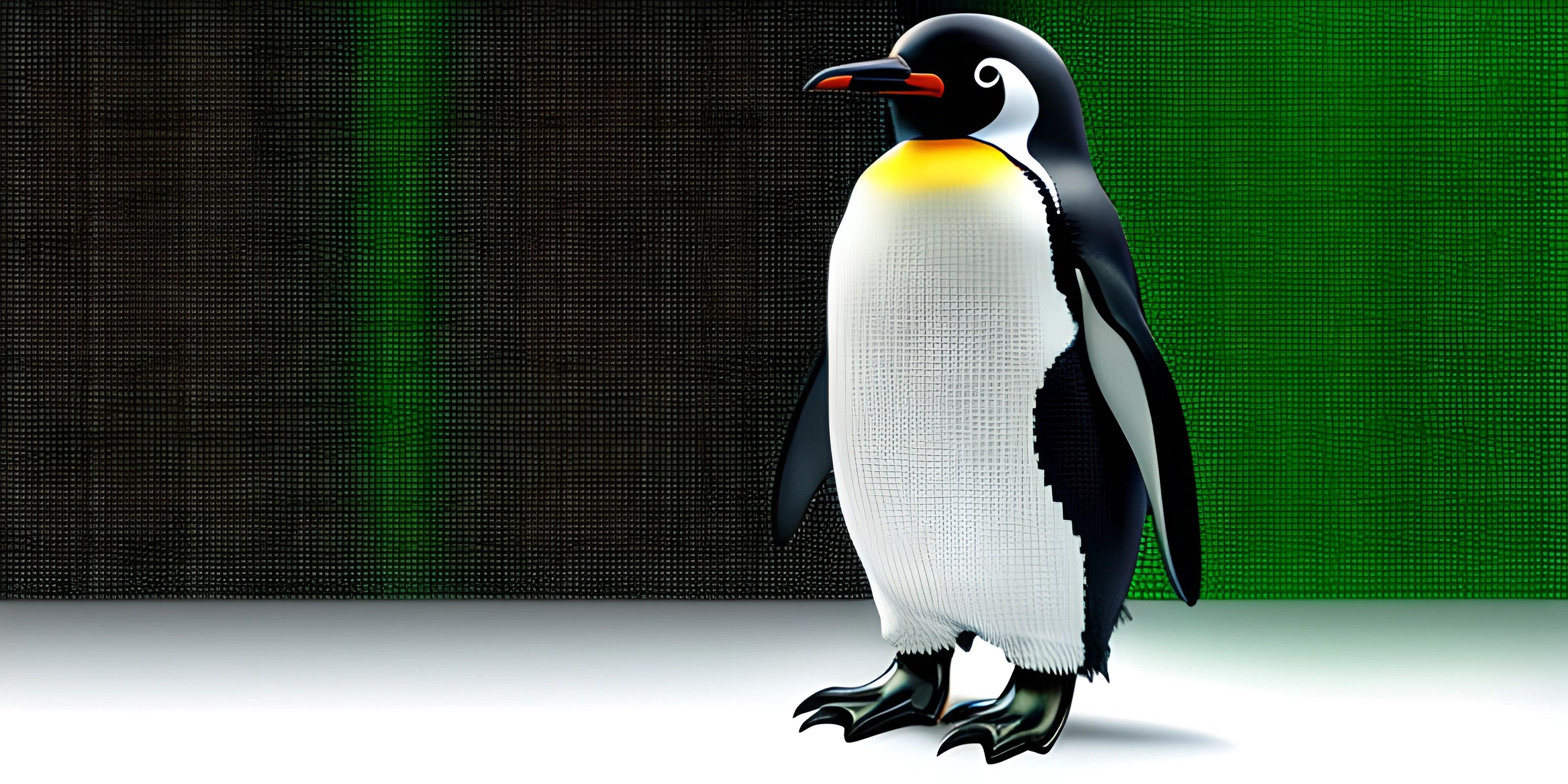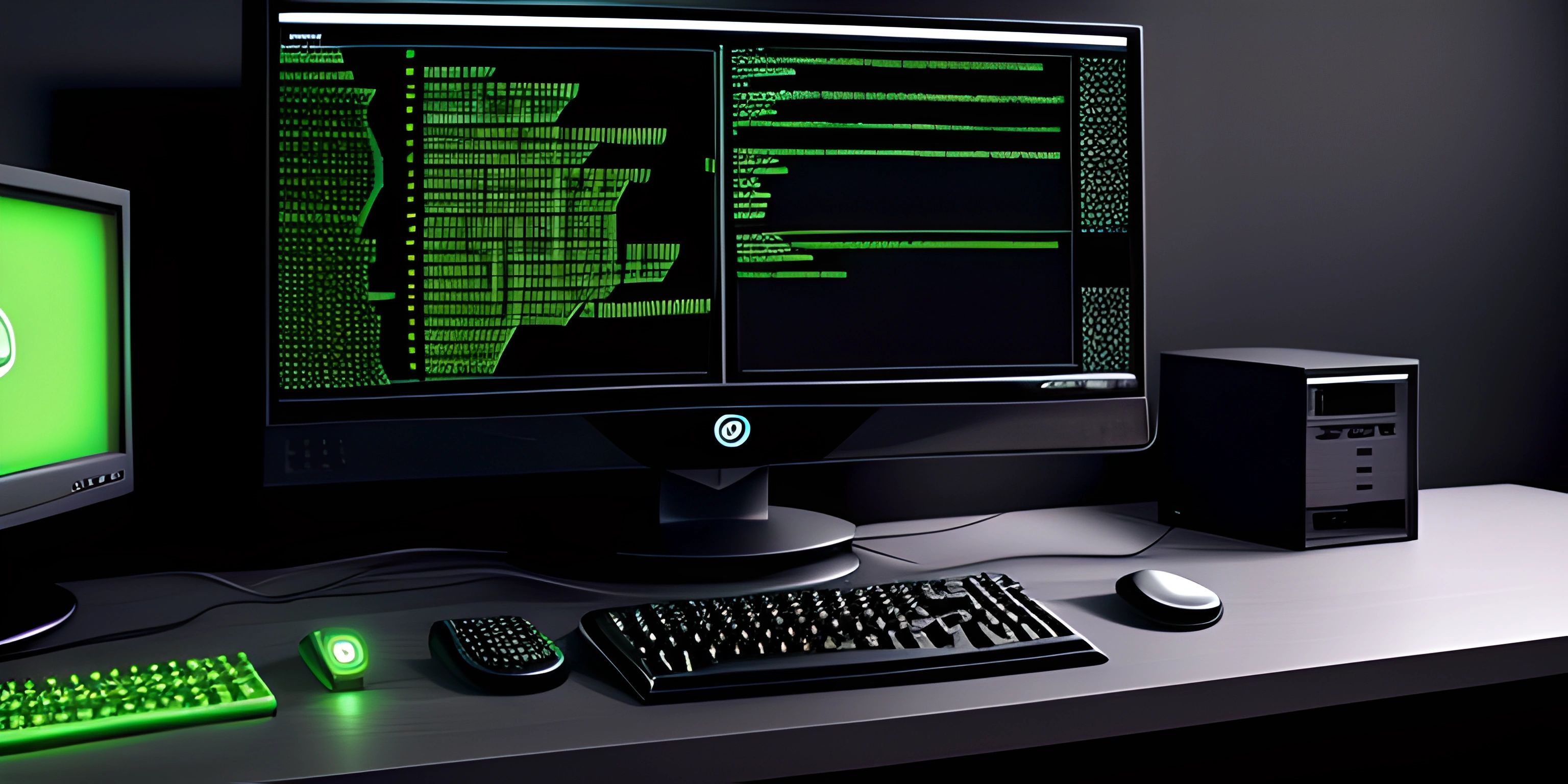Docker Basics

Note: this page has been created with the use of AI. Please take caution, and note that the content of this page does not necessarily reflect the opinion of Cratecode.
Docker has taken the software development world by storm. It's an engine that allows you to package and distribute your applications easily and consistently. But what exactly is Docker, and why has it become so popular? Let's dive in!
What is Docker?
Docker is a platform for developing, shipping, and running applications using containerization. It enables developers to package their applications and dependencies into a lightweight, portable container that can run on any system with Docker installed. This ensures that your application runs consistently across different environments, making it easier to develop and deploy.
Containers
Think of containers as lightweight, virtual boxes containing everything your application needs to run. They are isolated from the host system and other containers, ensuring that there are no conflicts or interference between them.
Containers are based on images, which are the blueprints for creating containers. Images contain the application's code and dependencies, along with the necessary runtime environment. You can create your own custom images, or you can use pre-built images from the Docker Hub, a public repository of images.
Installing Docker
Before you can start using Docker, you'll need to install it on your system. Docker is available for a variety of platforms, including Windows, macOS, and Linux. Follow the instructions on the official Docker website to download and install the appropriate version for your platform.
Running Your First Container
Once Docker is installed, you can start using it to run containers. Let's run a simple "Hello, World!" example using the hello-world image from Docker Hub.
- Open your terminal or command prompt.
- Type the following command and press Enter:
docker run hello-world
Docker will download the hello-world image (if it's not already on your system) and create a new container from it. The container will run the "Hello, World!" application, displaying a message in the terminal, and then exit.
Creating Your Own Docker Images
To create your own Docker images, you'll need to write a Dockerfile. A Dockerfile is a script that contains instructions for building an image. It specifies the base image, any additional dependencies, and how the application should be configured and run.
Here's an example Dockerfile for a simple Python application:
# Set the base image FROM python:3.8 # Set the working directory WORKDIR /app # Copy the application code COPY . . # Install any necessary dependencies RUN pip install --trusted-host pypi.python.org -r requirements.txt # Expose the required port EXPOSE 8080 # Run the application CMD ["python", "app.py"]
Save this file as Dockerfile (with no file extension) in the same directory as your Python application.
To build the image, navigate to the directory containing the Dockerfile and run the following command:
docker build -t my-python-app .
This command tells Docker to build an image using the Dockerfile in the current directory (indicated by the .) and tag it with the name my-python-app.
Running Your Custom Docker Image
Now that you have your custom image, you can create and run containers from it. Use the following command to run your Python application in a container:
docker run -p 8080:8080 my-python-app
This command tells Docker to run a container from the my-python-app image, mapping the host's port 8080 to the container's port 8080.
Congratulations! You've successfully created and run your own Docker image. With Docker, you can package and distribute your applications consistently, making development and deployment a breeze. Keep exploring the world of Docker, and happy containerizing!
Hey there! Want to learn more? Cratecode is an online learning platform that lets you forge your own path. Click here to check out a lesson: Rust Lifetimes (psst, it's free!).





